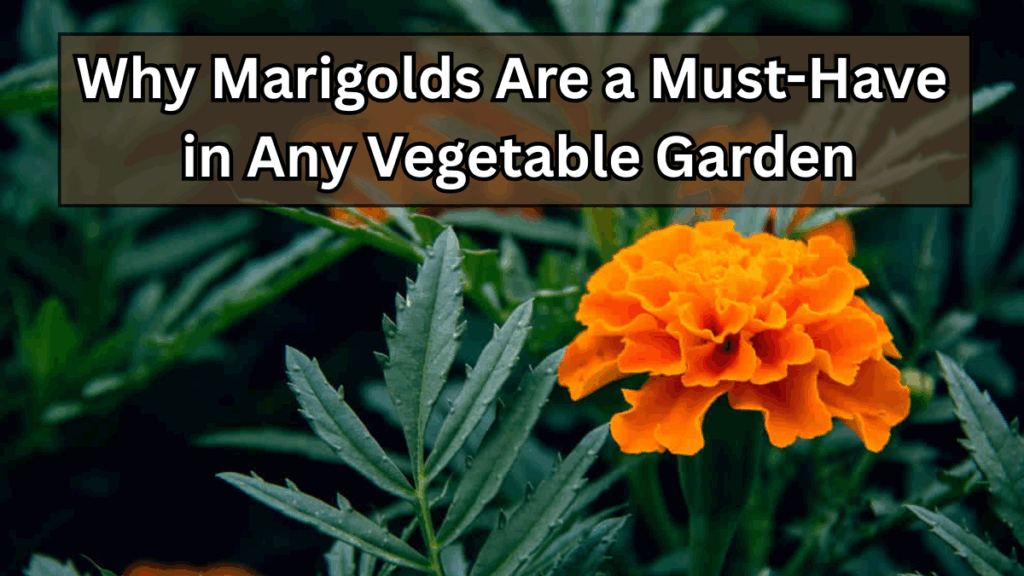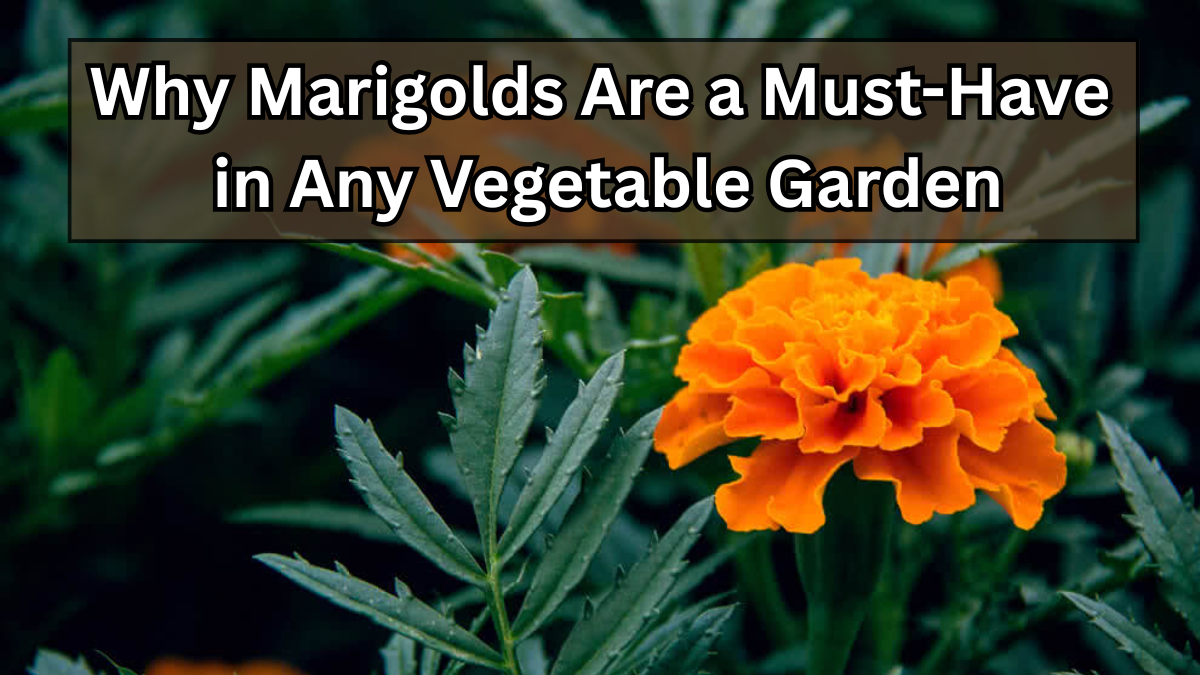If you’re looking to boost your vegetable garden’s health and beauty, marigolds are a perfect addition. These vibrant flowers aren’t just easy on the eyes—they bring a multitude of benefits that every gardener can appreciate. From keeping pests at bay to supporting other plants, marigolds are an essential companion for your vegetables.

The Role of Marigolds in Your Vegetable Garden
Marigolds are more than just pretty flowers. They are powerful pest deterrents and beneficial flowers that improve your garden’s ecosystem. Here’s why you should plant them:
-
Natural Pest Control: Marigolds release compounds that repel nematodes, aphids, whiteflies, and other common garden pests.
-
Attract Beneficial Insects: Bees, ladybugs, and butterflies love marigolds, which helps with pollination and keeping harmful insects in check.
-
Soil Health: Some marigold varieties help reduce soil-borne diseases, making your soil more fertile for vegetables.
-
Easy to Grow: They thrive in full sun, tolerate poor soils, and require minimal maintenance.
Best Varieties for Your Vegetable Garden
Not all marigolds are created equal. Choosing the right type ensures maximum benefit:
| Variety | Height | Benefits |
|---|---|---|
| French Marigold | 6–12 inches | Excellent nematode deterrent, compact, blooms all season |
| African Marigold | 12–36 inches | Larger flowers, strong pest-repellent properties |
| Signet Marigold | 6–18 inches | Edible petals, attracts pollinators |
How to Plant Marigolds with Your Vegetables
Incorporating marigolds into your vegetable garden is easier than you think. Here are some planting tips:
-
Companion Planting: Place marigolds near tomatoes, peppers, beans, and cucumbers for maximum pest control.
-
Spacing: Plant 8–12 inches apart for smaller varieties and 18–24 inches for larger ones.
-
Sunlight & Water: Full sun is ideal; water regularly but avoid overwatering.
-
Succession Planting: Replant every few weeks to ensure continuous blooms throughout the season.
Benefits of Marigolds at a Glance
| Feature | Description |
|---|---|
| Pest Control | Repels nematodes, aphids, and other pests naturally |
| Attracts Beneficial Insects | Ladybugs, bees, and butterflies enhance pollination |
| Improves Soil | Reduces soil-borne diseases for healthier vegetables |
| Low Maintenance | Thrives with minimal care and in diverse soil types |
FAQs About Marigolds in Vegetable Gardens
1. Can marigolds protect all types of vegetables?
Marigolds are most effective with tomatoes, peppers, beans, and cucumbers, but they provide some pest control for most vegetables.
2. How often should I plant marigolds in my garden?
For continuous blooms, consider planting every 4–6 weeks, especially for French marigolds which have a shorter bloom period.
3. Are marigolds edible?
Yes! Signet marigold petals can be used in salads and as natural food coloring. Other varieties are generally safe but primarily grown for pest control.
4. Do marigolds require special soil or fertilizer?
Marigolds are hardy and grow well in most soils. A general-purpose fertilizer once a month is enough to maintain healthy blooms.
Click here to learn more
